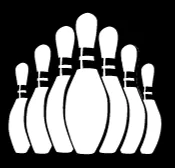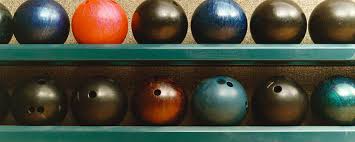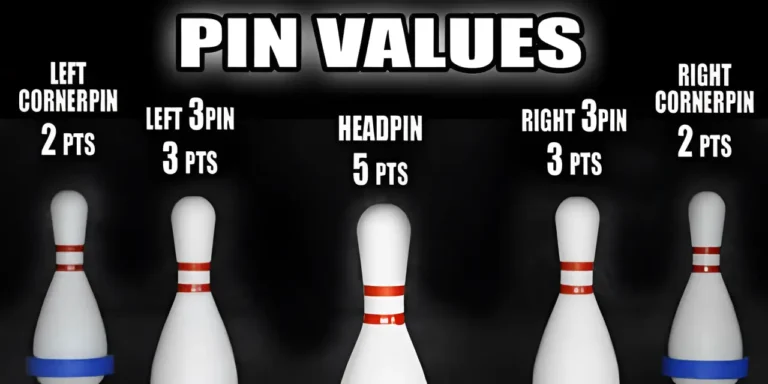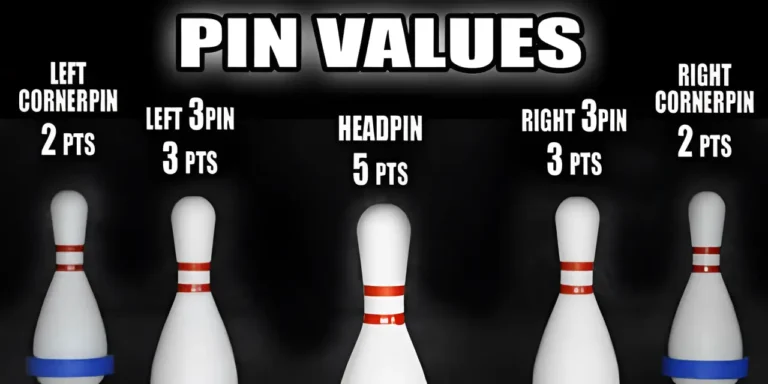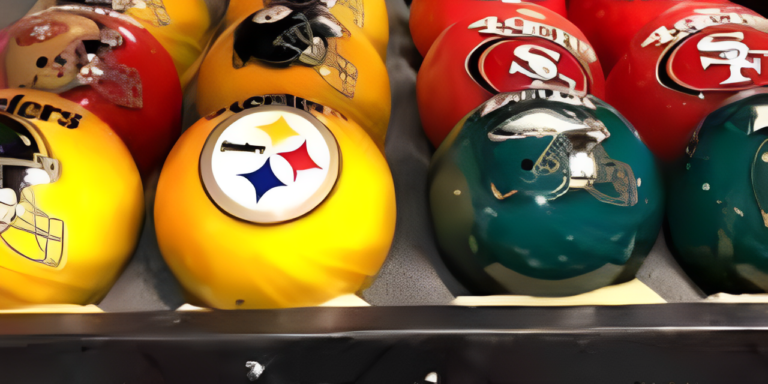The Unique Sport of Candlepin Bowling
Candlepin bowling is a variation of 10-pin bowling popular primarily in New England in the United States. In candlepin bowling, the balls are much smaller, the pins are thin and tall, and the scoring works a bit differently. But the basic concept of rolling a ball down a wooden lane to knock down pins is the same.
Candlepin Bowling Equipment and Setup
The bowling balls used in candlepin bowling weigh just 2 pounds, and 7 ounces, and have no finger holes. The pins are long and skinny, hence the name “candlepin.” A set of 10 pins stands at the end of the lane in a triangular formation, like regular bowling. However, unlike 10-pin bowling, there are no markings or dots on a candlepin lane.
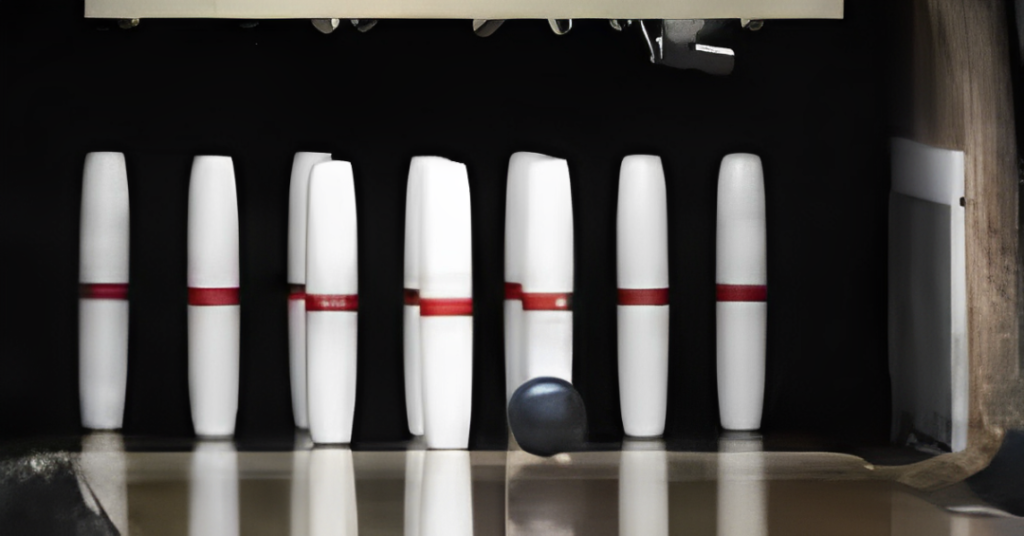
Scoring in CandlePin Bowling
In candlepin bowling, each frame allows the player 3 rolls per turn, instead of 2 rolls in regular bowling. The player tries to knock down as many pins as possible on the first roll. They then roll again at the remaining pins for their second roll. If pins still stand for the third roll, they use that to knock down any pins left standing.
Since there are 3 rolls per frame instead of 2 in candlepin bowling, games are still played over a total of 10 frames. However, scores tend to be much lower than regular bowling. Scores above 100 points in a single candlepin bowling game are considered very good.
Just like regular bowling, strikes, and spares impact the scoring in candlepin bowling. A strike means knocking down all 10 pins on the first roll in a frame. When a player throws a strike in candlepin bowling, they earn 10 points, plus the total pins knocked down on the next two rolls also count as bonus points for that strike frame.
Additionally, a spare in candlepin bowling means clearing any pins left standing in two rolls in a frame. When a player throws a spare, they earn 10 points plus the pins
Fouls
Stepping over the foul line when releasing the ball counts as a foul. A foul gives the player zero pinfall for that roll. Two fouls in a frame means the player cannot score more than 10 points total for that frame.
The smaller balls and narrow pins make throwing straight shots very difficult compared to bowling with heavy, finger-hole balls and wide pins. Candlepin bowlers must throw curves to stand a chance at getting strikes or spares.
Game Variations
Standard matches, called strings, consist of up to 10 frames bowled consecutively. Most candlepin scoring is still manually done by pinsetters marking down scores frame by frame. So games go slower than automatic scoring in 10-pin bowling alleys.
A typical candlepin bowling format is best of three strings. The player’s scores from the three strings played are added together for their match total pinfall. Multi-string matches test both consistency and endurance since arm muscles tire from throwing so many balls per game.
Another popular candlepin bowling game is called a ten-box where the player keeps rolling in just the 10th frame until they don’t make a strike or spare. Their total pinfall from 1 frame is counted as their full score, straining accuracy under pressure to constantly throw strikes and spares in the same frame over and over.
There are also variations of games based on frame scores like Scotch doubles, Baker System, or Irish luck. Players can compete for high scores, most strikes, spares, etc over a set number of balls or frames.
Skills
Throwing an effective hook or curve requires carefully aiming a smooth, straight backswing and targeted release while still stepping straight and not crossing the foul line. Players may use a two-step or multiple-step approach during their approach. Balance and coordination are very important.
Since spares and strikes rely on pin scattering, a good angle, speed, and rotation on the ball can make a big difference. Players try to scatter pins widely right off their initial throw to give themselves the best chance at strikes and spares during bonus balls.
The stamina to bowl multiple fast-paced strings without arm strain is also key. Knowing which specific pins to target as marks for strikes or keeping split leaves simple for convertible spares also demonstrates skill.
Where to Play
While its popularity has declined over past decades, candlepin bowling leagues and tournaments remain a New England tradition. Candlepin lanes are nearly exclusive to that region, concentrated heaviest around Massachusetts. A few candlepin centers exist across the Canadian border as well. But regions outside of the northeastern states feature mainly 10-pin lanes with uniform standardized equipment.
The Small and Intimate Nature
Part of Candlepin’s enduring appeal comes from its distinctive, regionally-tied niche. The special skills required and the friendly social nature within candlepin allies have helped the sport survive despite dwindling facilities and shrinking leagues. Candlepin tournaments, charity events, and mixed adult-youth leagues introduce new generations to the sport.
For bowling traditionalists who think bigger, heavier bowling balls require less finesse, candlepin bowling still shines as the “purest” form of bowling. Modernized computer systems have also helped candlepin centers endure by facilitating automatic scoring and online statistic tracking.
The unique nostalgia and distinctive charm of the pint-sized bowling format remains a distinctive regional tradition celebrated by avid followers and casually fun for families out for a low-key night of friendly frame-by-frame competition bonding generations.
